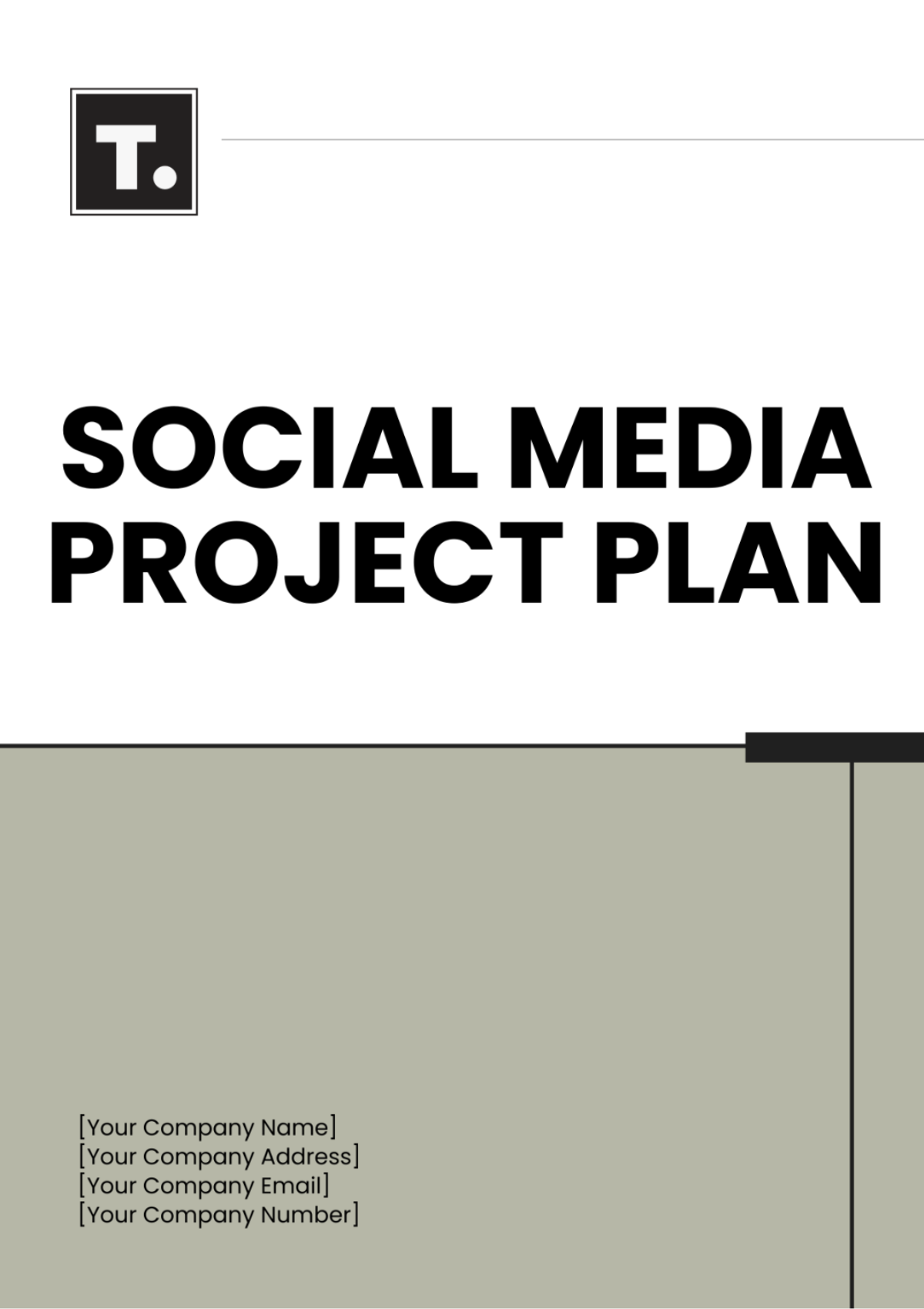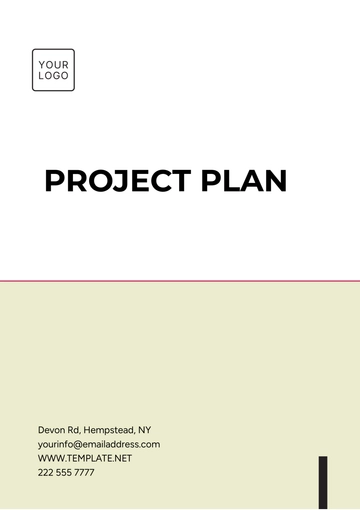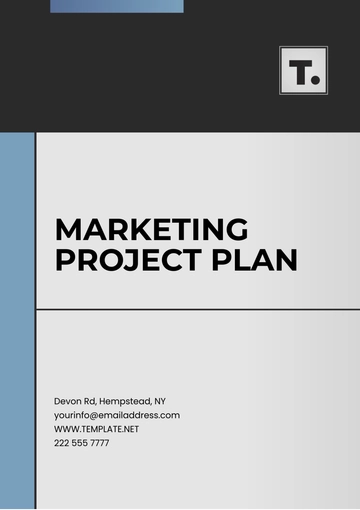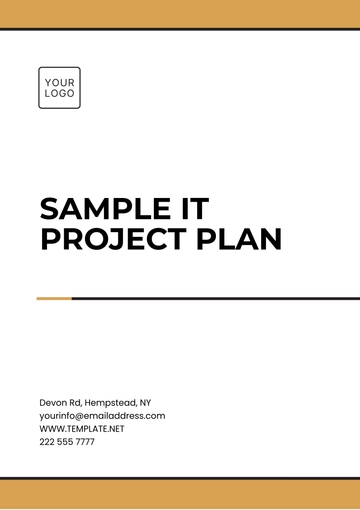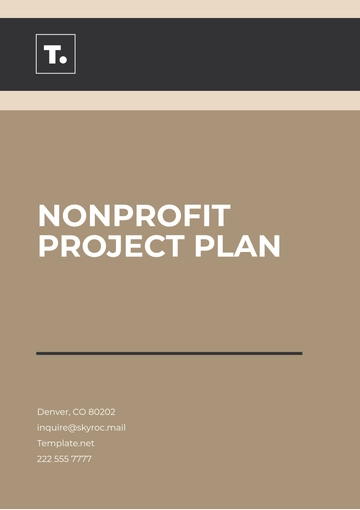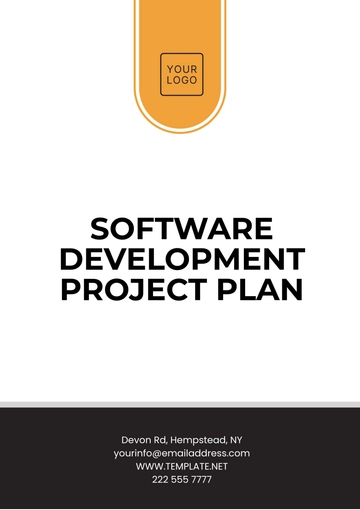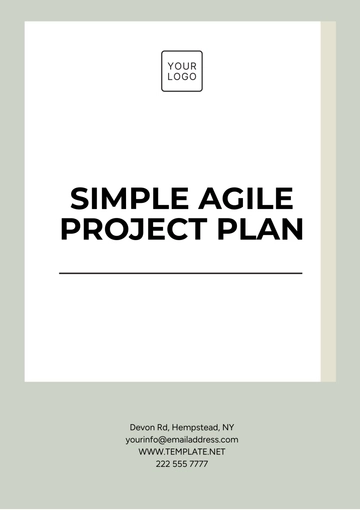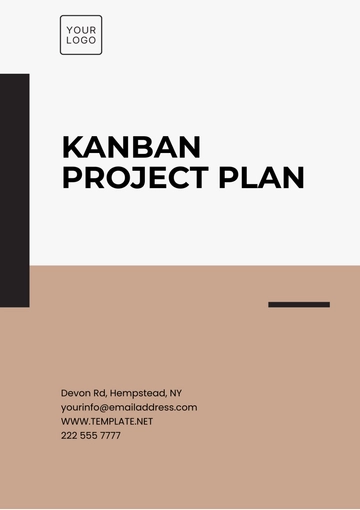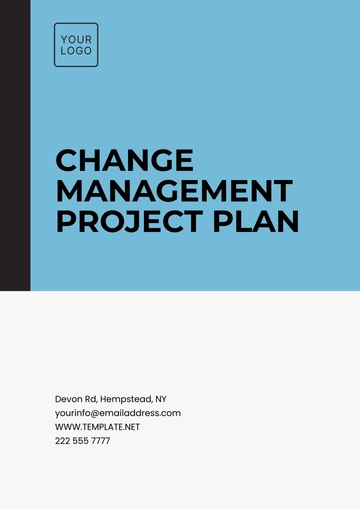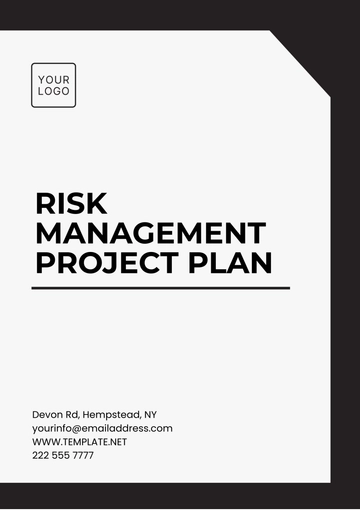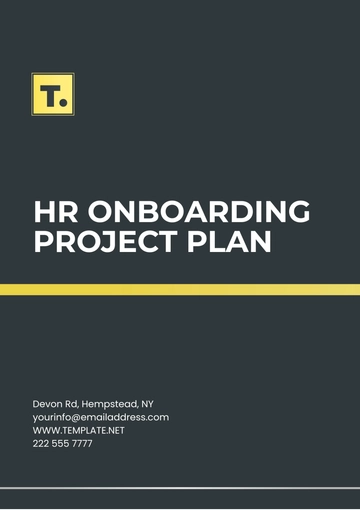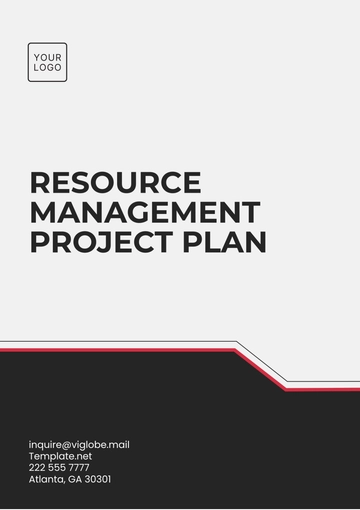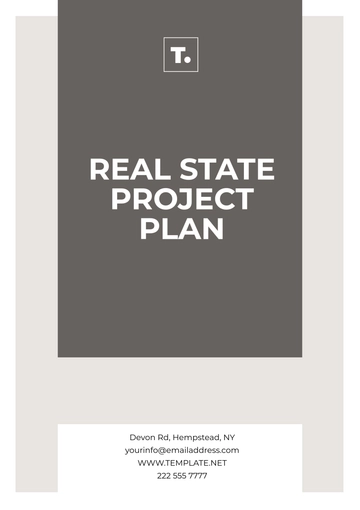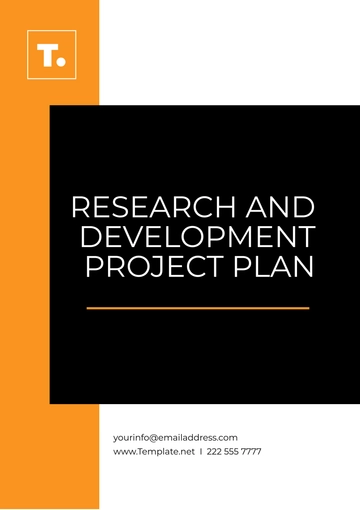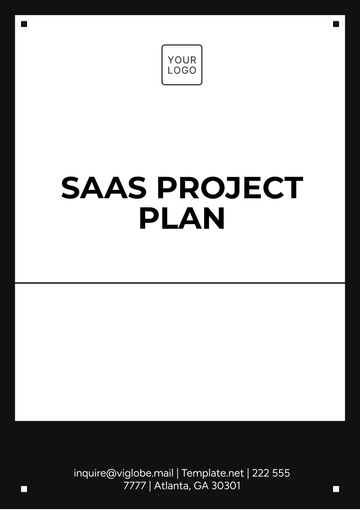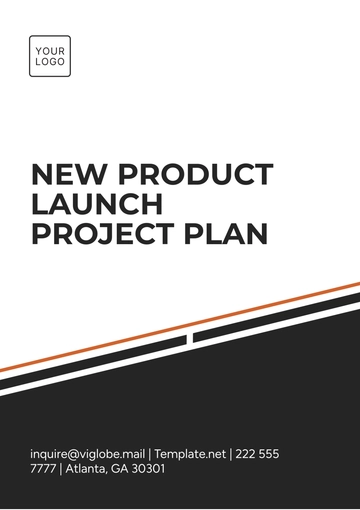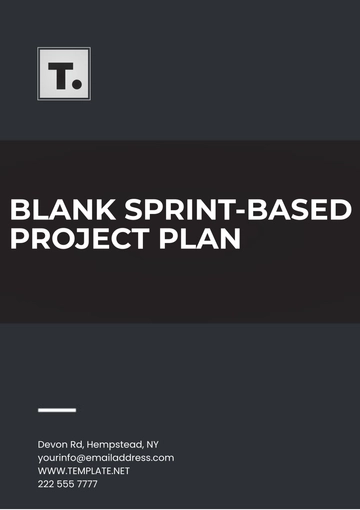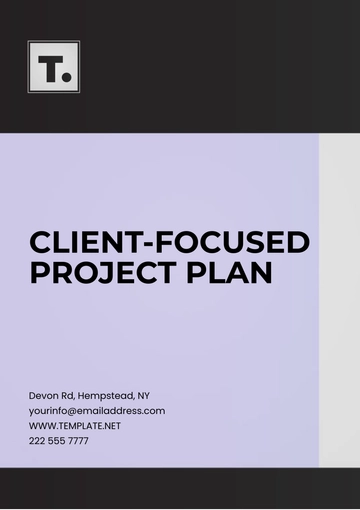Social Media Project Plan
Written by: [YOUR NAME]
I. Goals
Increase Brand Awareness: Expand the visibility of [YOUR COMPANY NAME] across all selected social media platforms by 30%.
Enhance Engagement: Achieve a 50% increase in interaction rates through comments, likes, and shares.
Drive Website Traffic: Boost traffic to [YOUR COMPANY WEBSITE]from social media by 40%.
Generate Leads: Increase lead generation through social media campaigns by 25%.
Improve Customer Satisfaction: Utilize social media as a tool for customer service to decrease response times and improve satisfaction ratings.
II. Target Audience
Demographics: Age, location, gender, income levels, and education specifics of the audience.
Interests: Key interests and hobbies that align with[YOUR COMPANY NAME] products or services.
Behavioral Traits: Online behavior patterns such as peak activity times and preferred content types.
Needs and Preferences: Specific needs or problems that [YOUR COMPANY NAME] can solve for them.
III. Content Calendar
Weekly Themes: Each week focuses on a specific theme or aspect of [YOUR COMPANY NAME].
Daily Posts: Detailed plan including type of post (e.g., image, video, article), main message, and call-to-action.
Special Dates: Important dates such as product launches, events, or holidays.
Engagement Initiatives: Scheduled interactive content like Q&A sessions, live videos, and contests.
Monthly Content Calendar
Date | Platform | Content Type | Theme | Description |
|---|
July 5, 2050 | Facebook | Interactive Post | Product Focus | Live Q&A session on new product |
July 12, 2050 | Instagram | Image Post | Behind-the-Scenes | Exclusive behind-the-scenes at[YOUR COMPANY NAME] |
July 19, 2050 | Twitter | Quick Update | Promotion | Flash sale announcement |
July 26, 2050 | LinkedIn | Article Link | Industry Insight | Article on market trends |
IV. Platforms
Facebook: Utilized for community building and engagement through news feeds and Facebook Groups.
Instagram: Ideal for high-impact visuals and stories to enhance brand image.
Twitter: For real-time communication and updates, customer service, and engagement.
LinkedIn: To establish thought leadership and network with industry professionals.
V. Metrics
Engagement Rate: Track likes, comments, shares, and other interactions relative to total followers.
Reach and Impressions: Measure how many people have seen the posts.
Click-through Rate (CTR): The percentage of people who clicked on a link out of the total viewers.
Conversion Rate: The percentage of users who completed a desired action (like signing up or making a purchase).
Customer Satisfaction: Feedback and ratings provided by customers via social media.
VI. Conclusion
Summary of Strategy: Recap the main components of the social media strategy including goals, target audience, and platforms.
Expected Outcomes: Outline the anticipated benefits and changes as a result of implementing this plan, such as increased brand awareness and improved customer engagement.
Next Steps: Discuss the steps to be taken following the initial phase, including potential adjustments based on performance metrics and feedback.
Long-Term Vision: Emphasize the importance of ongoing engagement and adaptation to social media trends to sustain and grow the brand's presence online.
Plan Templates @ Template.net
